Best book for COT Data

Best book for COT Data
7/20/2024
Understanding market movements and refining strategies is crucial. Several standout books offer invaluable insights into trading methodologies, risk management, and market analysis. Here’s a look at some essential reads for traders at all levels.

The Commitments of Traders Bible
Stephen E. Briese’s "The Commitments of Traders Bible" (2008) is a comprehensive guide to leveraging the Commitments of Traders (COT) reports. Briese, an expert in COT data, delves into how these reports reveal market positions and sentiment, offering practical strategies to analyze market trends and enhance investment success. His book is a must-read for understanding the intricacies of market positions held by commercial, non-commercial, and small traders, and integrating risk management with trading strategies.

Trading for a Living
Alexander Elder’s "Trading for a Living" (2006) provides a holistic approach to trading, emphasizing the psychological aspects crucial for success. Elder introduces the Triple Screen Trading System, which incorporates multiple technical indicators to refine trading decisions. The book offers practical advice on trade entries and exits, risk management, and developing a robust trading plan, supported by real-world case studies.
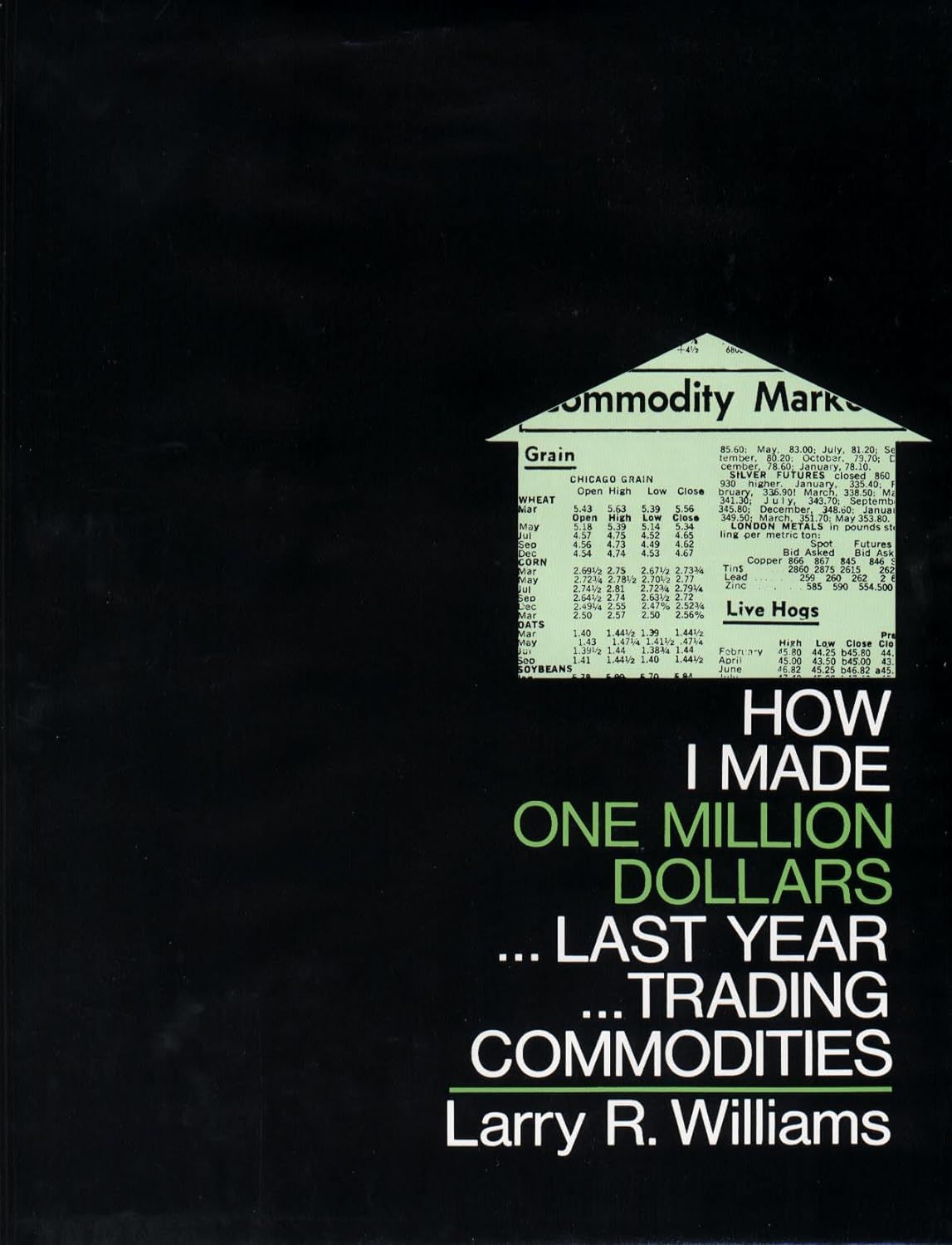
How I Made One Million Dollars Last Year Trading Commodities
In "How I Made One Million Dollars Last Year Trading Commodities" (2001), Larry R. Williams shares his personal success story and strategies in commodity trading. Williams provides insights into market dynamics, technical analysis, and the psychological discipline necessary for trading success. His practical advice and risk management techniques are invaluable for both novice and experienced traders.
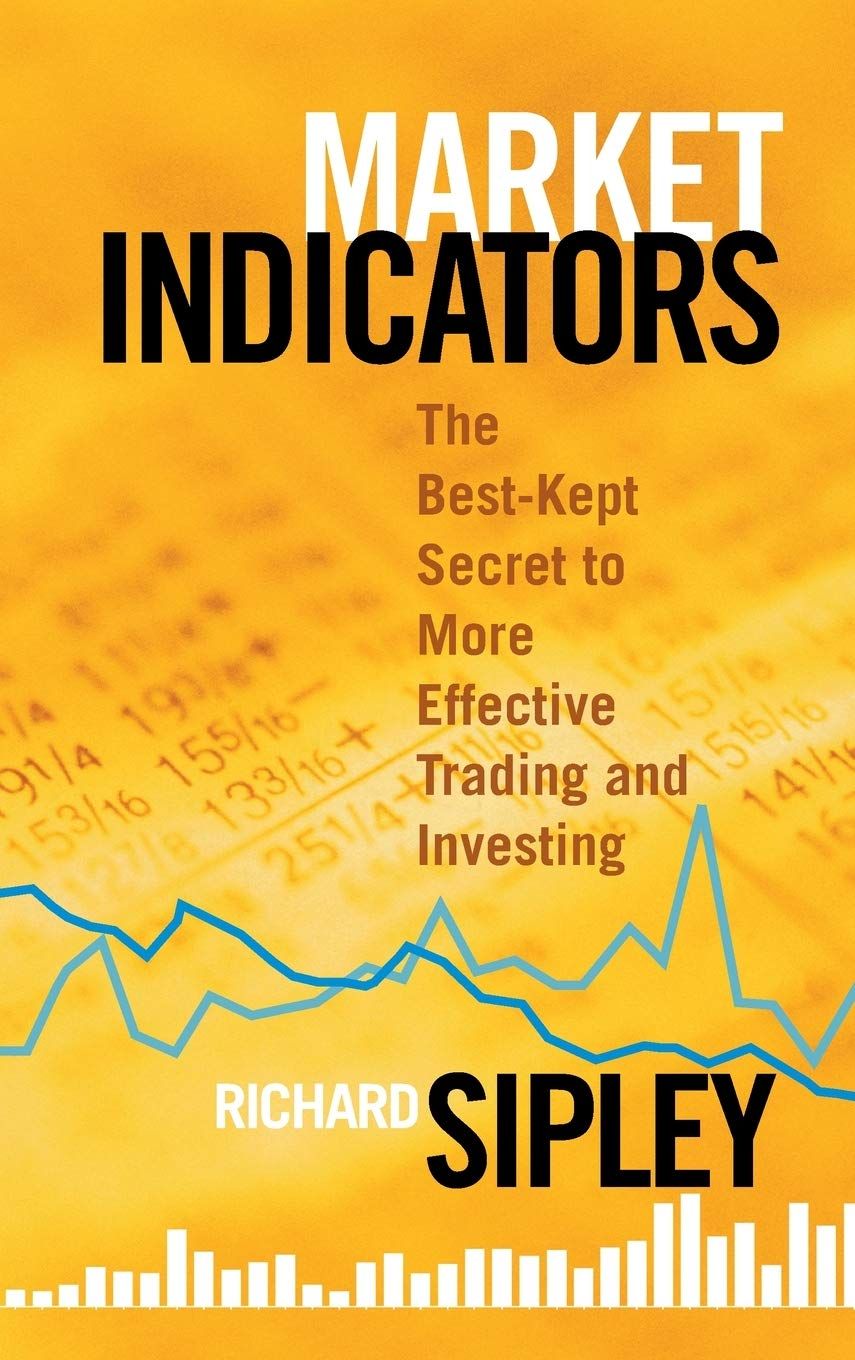
Market Indicators: The Best-Kept Secret to More Effective Trading and Investing
In "Market Indicators" The Best-Kept Secret to More Effective Trading and Investing," Richard Sipley emphasizes the pivotal role that market indicators play in enhancing trading and investing strategies. Published in 2009, the book introduces a range of these indicators, from technical tools like moving averages to fundamental metrics such as economic data and company earnings. Sipley illustrates how these indicators can help identify market trends and investment opportunities, offering practical advice on their application in real-world scenarios. Through case studies and examples, he demonstrates their effectiveness while also highlighting common mistakes to avoid. Ultimately, the book guides readers in developing a personalized trading strategy that integrates market indicators, aiming to boost their decision-making and overall success in the financial markets.
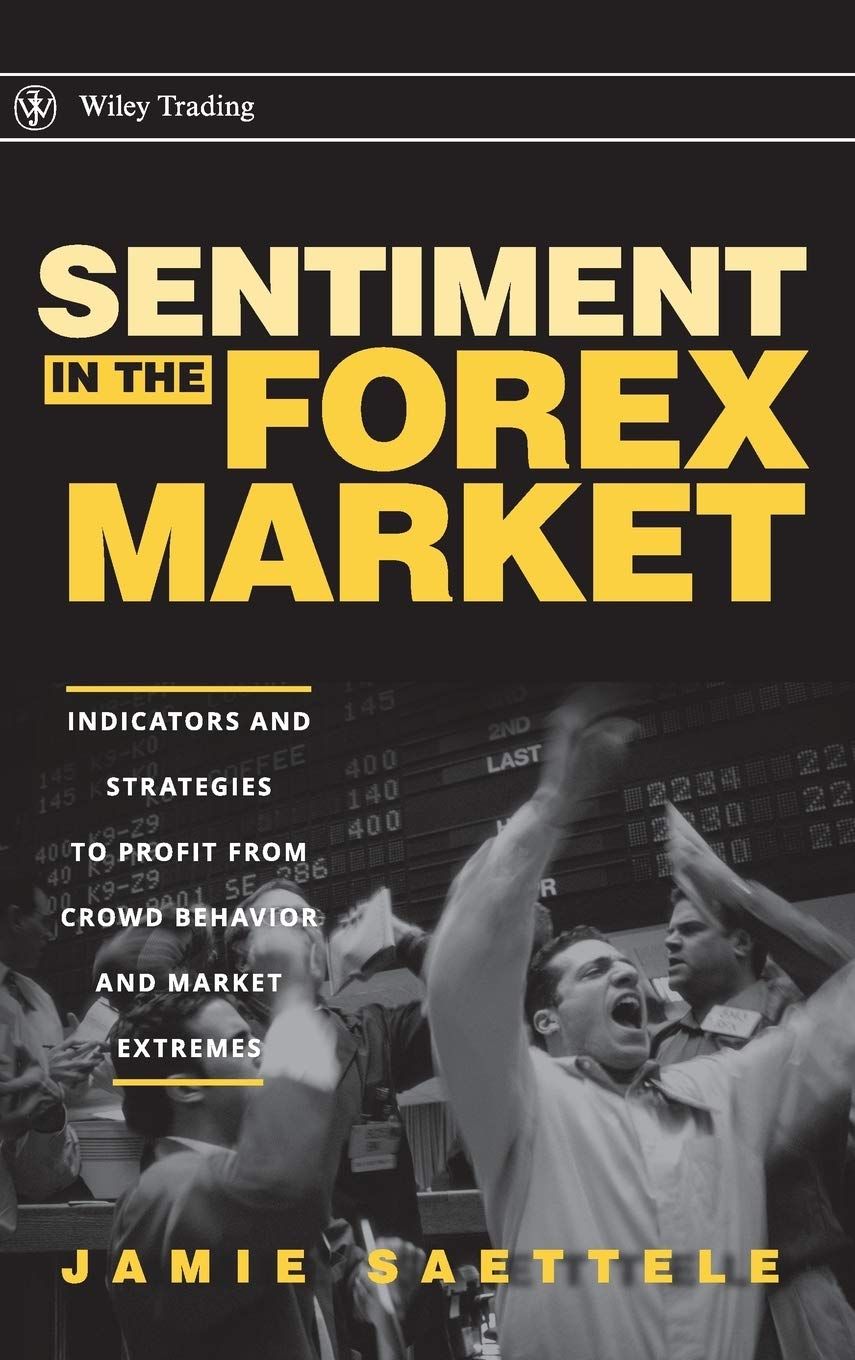
Sentiment in the Forex Market
In Sentiment in the Forex Market, FXCM analyst Jaime Saettele applies sentiment analysis to the currency market, using both traditional and new sentiment indicators, including: Commitment of Traders reports; time cycles; pivot points; oscillators; and Fibonacci time and price ratios. He also explains how to interpret news coverage of the markets to get a sense of when participants have become overly bullish or bearish. Saettele points out that several famous traders such as George Soros and Robert Prechter made huge profits by identifying shifts in crowd sentiment at major market turning points. Many individual traders lose money in the currency market, Saettele asserts, because they are too short-term oriented and trade impulsively. He believes retail traders would be much more successful if they adopted a longer-term, contrarian approach, utilizing sentiment indicators to position themselves at the beginning points of major trends.
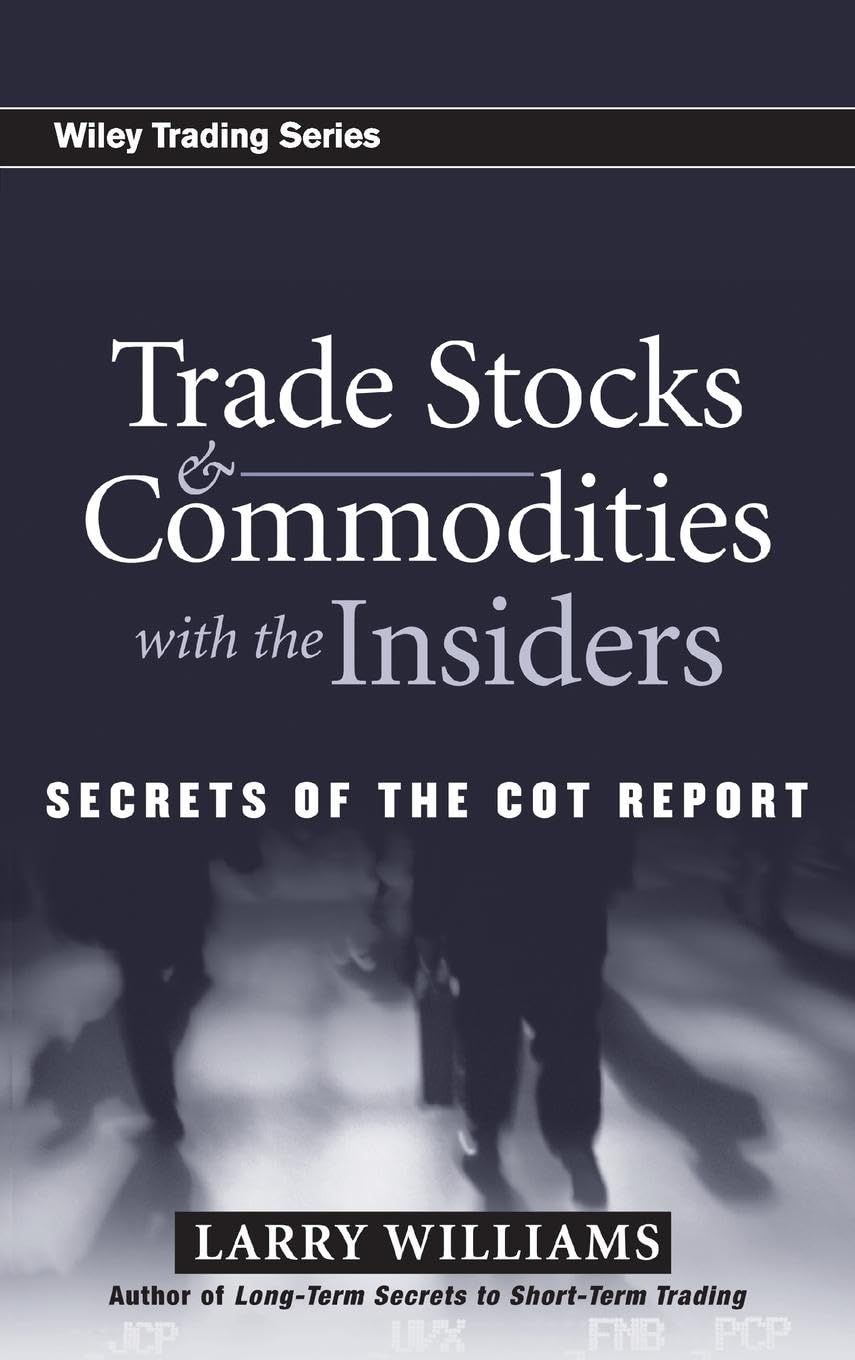
Trade Stocks and Commodities with the Insiders: Secrets of the COT Report
Successful trader Larry Williams reveals industry secrets that help investors and traders successfully invest and trade side-by-side with the largest commercial interests in the world. You'll be introduced to the COT (Commitment of Traders) report, the best resource for achieving trading success, learn exactly what the information it contains means, and plan for maximizing profits by acting on reported actions.
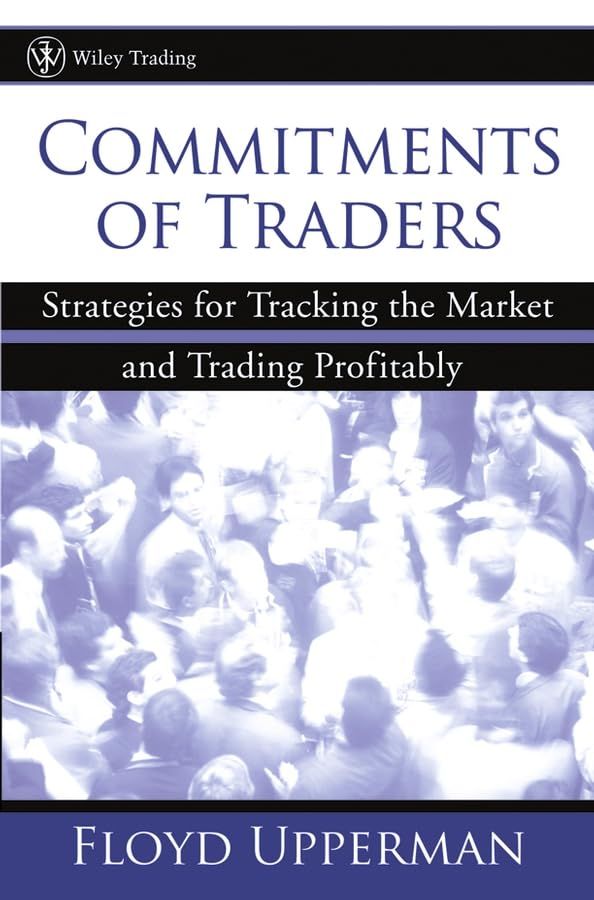
Commitments of Traders: Strategies for Tracking the Market and Trading Profitably
"Commitments of Traders: Strategies for Tracking the Market and Trading Profitably" by Floyd Upperman offers a deep dive into the Commitments of Traders (COT) report, an essential tool for market analysis. Upperman explains how this report, published weekly, reveals the positions of different types of traders—commercial, non-commercial, and non-reportable—providing insights into market sentiment and trends. The book details how to interpret these positions to gauge potential price movements and market shifts. Upperman also discusses various analytical techniques for leveraging COT data, integrating it with other forms of analysis to refine trading strategies. Through practical examples and case studies, he demonstrates how traders can use this information to identify opportunities and manage risk effectively. Overall, the book is a practical guide for enhancing trading decisions and strategies by utilizing the COT report.

Contrary Opinion
"Contrary Opinion" by R. Earl Hadady, published in 2000, offers a critical examination of mainstream beliefs by presenting alternative viewpoints on a variety of subjects. The book challenges conventional wisdom in areas such as politics, economics, and social issues, encouraging readers to question widely accepted narratives. Hadady’s approach is analytical and provocative, aimed at sparking thought and discussion. By presenting arguments that often contradict popular opinions and supporting them with both analytical reasoning and anecdotal evidence, Hadady invites readers to explore and consider perspectives that are typically marginalized or overlooked. Overall, the book serves as a platform for dissenting voices, promoting a more nuanced understanding of complex issues.
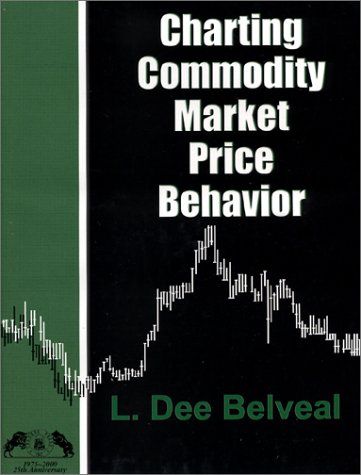
Charting Commodity Market Price Behavior
"Charting Commodity Market Price Behavior" by L. Dee Belveal (2000) is an essential resource for traders and investors in the commodity markets, focusing on the analysis of price movements through charting techniques. The book introduces the fundamentals of charting, including various types of charts and their use in tracking commodity prices. It delves into identifying price patterns such as head and shoulders or double tops and bottoms, which can indicate potential market shifts. Additionally, it covers technical indicators like moving averages and RSI, explaining how they assist in forecasting market trends. The book also addresses market trends and cycles, offering strategies for recognizing and leveraging these patterns. Risk management techniques tailored to commodity trading are discussed, emphasizing the importance of stop-loss orders and diversification. With practical case studies and examples, Belveal's work provides readers with actionable insights and strategies for effectively navigating the complexities of commodity markets through technical analysis.
These books offer diverse perspectives and strategies, each contributing to a comprehensive understanding of trading. Whether you're just starting or looking to refine your strategies, these readings provide valuable tools for navigating the complexities of the financial markets.
You may also like
Top Prop Firm Trading Competitions of 2026: Win Free Accounts

Instant Funding No Challenge Account Trading Rules [2025 Guide]
![Thumbnail of Instant Funding No Challenge Account Trading Rules [2025 Guide]](/_next/image?url=https%3A%2F%2Fpub-51c71f8fd7954912b8b4f24b379002f8.r2.dev%2Fthetrustedprop%2Flogo%2F1766059359131-instantfundin.jpeg&w=1920&q=75)
FundedNext Challenge Review 2025: Stellar 1-Step vs. 2-Step

FTMO Funding Program: Cost, Rules & Payouts for Indian Traders

My Funded Futures Scale Account Review 2025: Rules & Tips

Goat Funded Trader 2 Step Goat Challenge Review 2025

FundingPips Trading Competition 2026: Win up to $100k Account

No FAQs are available for this topic yet.

.jpeg&w=3840&q=75)

























